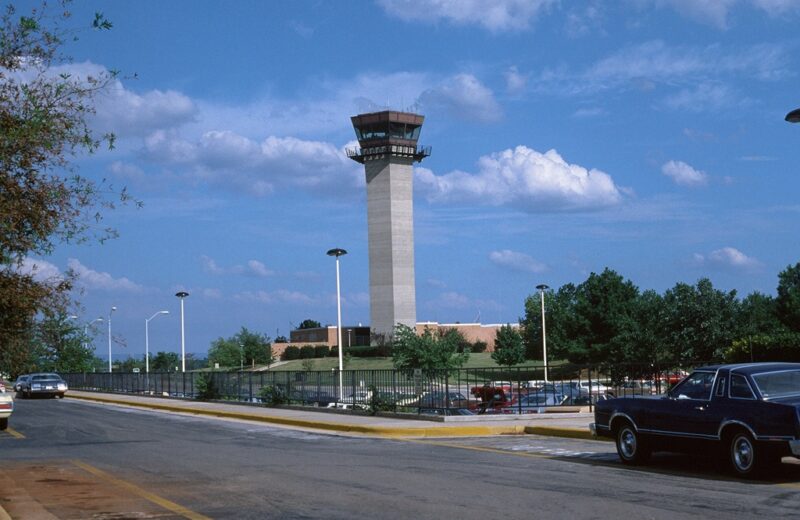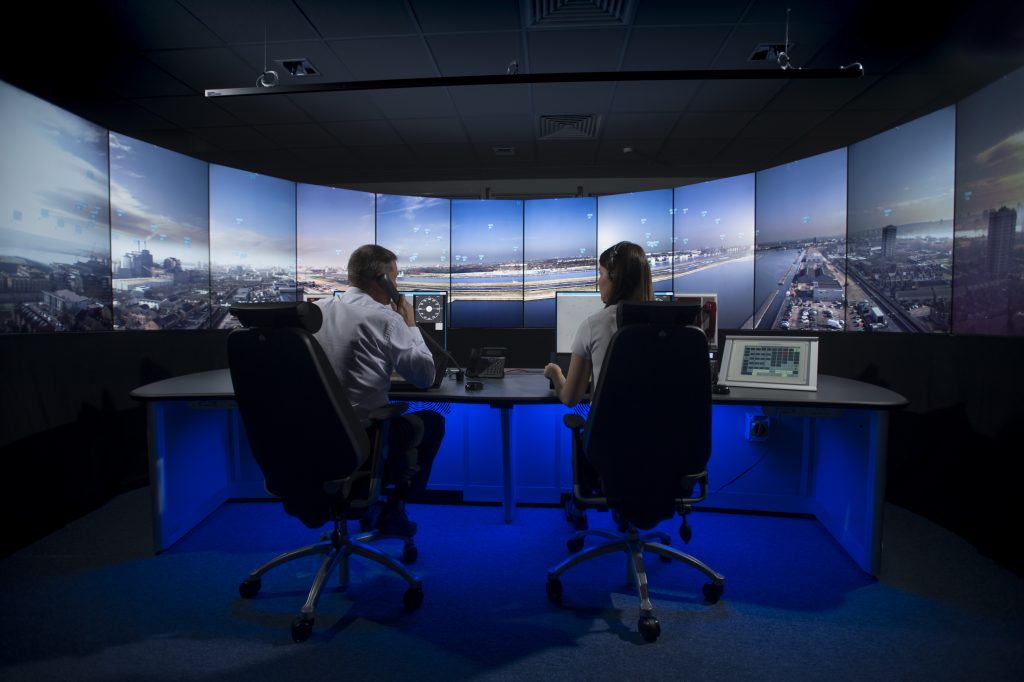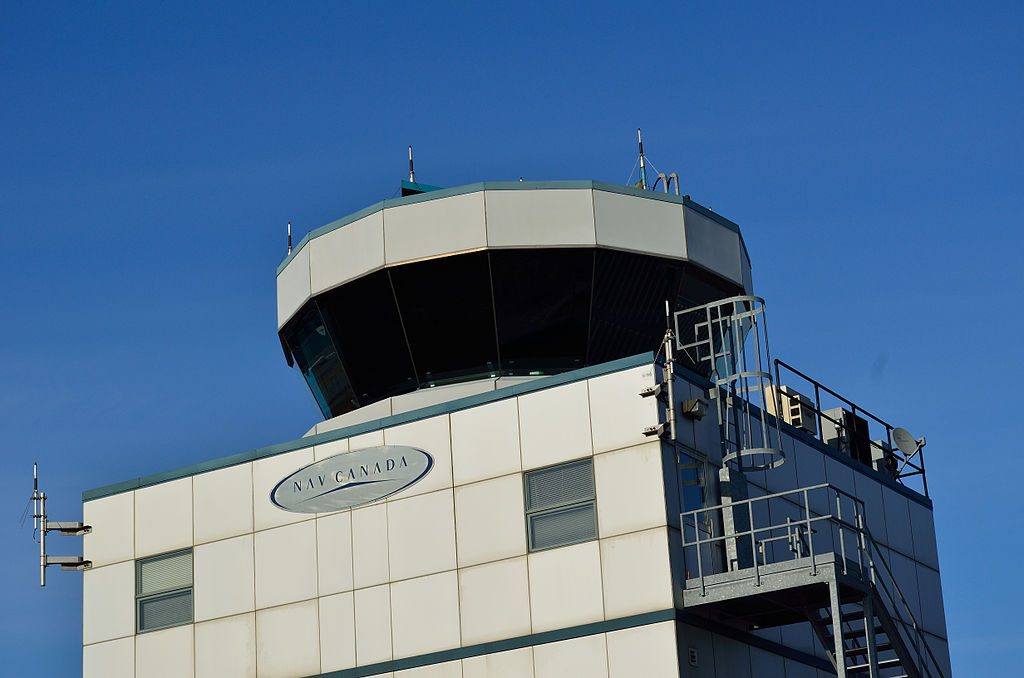ATC privatisation: The age-old question

Air Traffic Control (ATC) is the lifeblood of aviation. Without it, the estimated 23,000 aircraft worldwide could not be safely routed and directed – making air travel impossible.
Although privatisation of the ATC system in the US has become more debated thanks to President Trump’s support of H.R. 2997 (the bill that proposes privatisation), this has been an issue that goes back to the 1970s.
If the current proposals for privatisation are adopted, ATC would no longer be operated by the government’s Federal Aviation Administration (FAA) agency. Instead, it would be run by a private, nonprofit organisation. US airlines and other private interests would sit on the board, and effectively run the company. With this, funding would change from ticket and fuel taxes to stakeholder contributions, with the nonprofit company being able to issue debt.
| Aircraft | Maximum Range | Maximum Speed | Maximum Passengers | List Price |
|---|---|---|---|---|
| G650ER | 7,500nm | Mach 0.925 | 18 | $66.5 million |
| G650 | 7,000nm | Mach 0.925 | 18 | $64.5 million |
| Falcon 8X | 6,450 nm | Mach 0.73 | 18 | $58 million |
| Global 6000 | 6,150nm | Mach 0.89 | 19 | $60.5 million |
The ten stakeholders listed above would elect four independent directors, to take the board to 14 members. Opponents have been avidly arguing that the airlines would be able to dictate who is voted into the other four stakeholder positions, giving airline interests the majority representation.
The airlines would supposedly tailor ATC to their needs, primarily through user fees, while diverting taxation away from airlines and placing a higher tax burden on general aviation. Although the bill has safeguards to protect general aviation groups from paying a more-than-proportionate user fee, the National Business Aviation Association fears that, if privatisation were to happen, this would change as there would be no congressional oversight. General aviation users in Canada experienced this after ATC there switched to Nav Canada.
There is a strong movement against the airlines being able to gain control of ATC. More than 100 US mayors, 100 business leaders, and various consumer groups have written letters to Congress about their concerns over what a privatised system would create. One of the most commonly used arguments, especially by the Alliance for Aviation Across America (AAAA), is that the very same airlines that charge for baggage, constantly reduce legroom and suffer from system outages are the ones that would be running ATC and benefit from its privatisation.
While it is true that Southwest and Delta (among a host of other non-US airlines) have suffered from severe IT problems that have caused wide-scale disruption in the last two years, the airlines themselves would not be operating the ATC systems.
But there is also a fundamental argument that the airlines do not deserve it.
As anyone who has listened to a safety demonstration on a commercial flight could tell you, safety is the number one priority, and this is at the core of air traffic control. Surprisingly, proponents and opponents of the bill are both in agreement that the FAA needs to remain the safety regulator – and this is a good thing.

(Photo: NATS) NATS has implemented a remote tower at London City Airport.
Like with any industry, privatisation theoretically allows for a more efficient operation, which reduces the overall cost. Cutting through the bureaucracy of Washington would speed up any updates or upgrades, such as the current Next-Gen systems. There is no doubt that privatisation would lead to more investment in better equipment. A study on the impacts of privatisation on safety found that all countries that participated in the research were upgrading to state-of-the-art equipment.
Proponents also cite a tax reduction for taxpayers as another major benefit.
It is easy to see why capitalists are digging their claws into ATC. The FAA has struggled to implement its Next-Gen plan as proposed, with budgetary and timeline issues slowing down progress. SWIM and ERAM system upgrades have both been delayed. Being over budget and over time dates back to the 1980s, which is mostly caused by unstable and unpredictable funding from congress, according to Robert Poole, director of transport policy at the Reason Foundation.
A Government and Accountability (GAO) report published by the US government in 2015 concluded that “[The FAA’s] ability to perform its mission has been affected by budget uncertainty resulting from the 2013 government shutdown, sequestration, 2011 authorisation lapse, continuing resolutions, and multiple short-term reauthorisations”.
However, the NBAA remains adamant that upgrades under the FAA have been on time and on budget.
The NBAA is a strong critic of the proposed privatisation. One of its biggest fears is that Congress’s ability to oversee the operation, which keeps the US aviation services open to all citizens and communities, will disappear. Dan Hubbard, its senior vice president of communications, said that Congress’s control would be replaced by an “airline cartel”, that would focus on serving major airline hubs and airlines’ business interests – not the whole country.
The US is one of the last major countries that has not moved to a privatised system. Canada, much of Europe, including the UK, and Australia have privatised their systems. While there are multiple models for privatising ATC, the US would closely follow the Nav Canada model. The NBAA say that there is no need to change a system that is already “the best”, and that there needs to be a focus on making the best even better through smart investments, rather than adopting a whole new approach.

Nav Canada has been one of the most successful cases of privatisation, and is the model that H.R. 2997 proposes that the US follows.
Although Canada’s privatisation has been more successful than the UK’s (ANS, a subsidiary of the German contractor DFS, has been subcontracted to run Gatwick’s air traffic operations for the next ten years), opponents of the bill say copying Canada’s model will present new problems. Hubbard says that Canada “only [has] 10% traffic levels of the US”, and that it would be challenging to adopt the same model on a larger scale. The US also has a broader use of aircraft and aviation needs than that of Canada, which could further complicate the potential transition to a new system.
Nav Canada has previously increased its user fees by as much as 6.9%. The ability to change user fees is the product of losing a government-run entity to oversee the operation – something opponents of H.R. 2997 fear.
Technological advancements make up a major part of the debate. Moving into the Next-Gen technology and beyond, remote towers are being coined as the next big advancement. Proponents of the bill suggest that a more constant flow of funding would allow for remote towers to be utilised more quickly, while being cheaper to build and maintain. While this is true, the FAA has also seen the advantages of remote towers and has been testing remote tower systems in Leesburg, VA, since 2016. But the argument still remains – upgrades would happen more quickly under privatisation.
Both sides, however, agree that this is the most support that privatisation has ever seen – and it is the closest the US has been to implementing a privatised ATC system.








